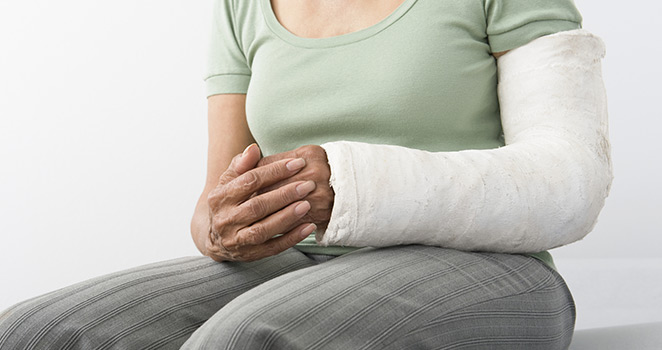Atrium Health Navicent Musculoskeletal Care Orthopedic Trauma

Bone Deformities
Identifying a Bone Deformity
Identifying a bone deformity is easy if the bone is twisted or curved significantly enough that anyone could visually look at it and see that something is definitely wrong. However, sometimes, the deformities are less noticeable. In these cases, a doctor must do a thorough examination of the limb. Measurements are taken to compare it with the other matching limb. X-rays and/or CTs are typically needed as well.
What are Common Causes of Bone Deformity?
There are a multitude of causes of bone deformities. A fracture that healed into malalignment or nutritional deficiencies can be a couple of causes. Deformities can also develop from birth, such as congenital bone deformities. Many of these can straighten out over time with the growth of the child. Another cause might be a bone broken from an injury that heals in an improper alignment.
Types of Deformities
There are a few basic types of bone deformities. The first one is an angulation. This means that the bone is bent in a curved position. The next is a torsion, which leads to the bone being twisted or rotated. A translation refers to the bone moving out of its original naturally straight position. Another type is when a bone that was once broken heals in a shorter position. All of these different types can lead to a limb length discrepancy (shorter leg as compared to the other limb).
Bone Deformity Correction
Bone deformities can lead to pain and discomfort, as well as impair function by restricting motion or developing arthritis. Correcting the deformity can help relieve such symptoms and restore more normal function. The methods of correction depend on the type of bone deformity and the age of the patient. If the patient is a child, their growth plates are likely still open. This makes correction easier because a less invasive procedure called "stapling" can be done. Stapling means that a staple is put into the growth plate on one side of the bone to discourage growth in that location. The other side of the growth plate is left open. This causes the bone to continue to grow in the required direction to straighten out the appearance. Those who are skeletally mature generally have to have their bones cut and re-stabilized to then heal or grown/lengthened into a corrected position.